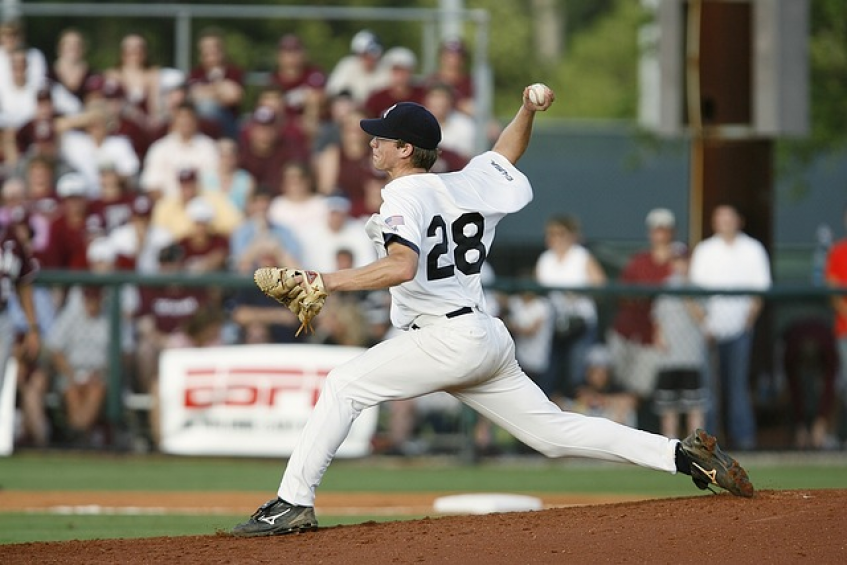
Are you a pitcher looking to up your game with a devastating slider? Or maybe you’re a parent taking the kids out for a friendly baseball game and want them to learn the basics of delivering a fastball correctly? Fortunately, this article is here to help. With clear explanations and step-by-step guides on technique, throwing mechanics, and the key points of managing grip, this guide provides the complete guide for pitchers to throw an effective slider.
From developing a proper mindset to dealing with specific issues such as arm fatigue, this article covers it all - so read on to impress your coach and strike out your opponents!
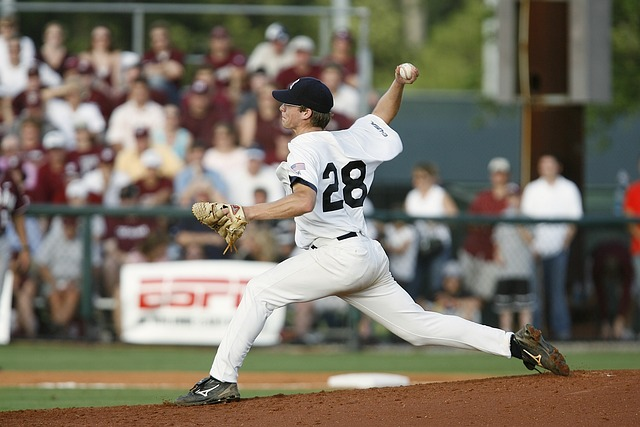
A slider is a special type of pitch in baseball, combining the velocity of a fastball and the movement of a curveball. It's thrown with two fingers placed on either side of the ball, using an over-side bullet spin that makes it break sharply at higher speed than a curveball.
This guide is perfect for pitchers who want to master throwing this powerful pitch. The slider can be used to get batters out in many situations - making it an invaluable tool for any pitcher!
The slider is a popular pitch in baseball, but what is it and why the name? A slider is a breaking pitch thrown with the same motion as a fastball, but with slightly less velocity. The extra push of the index and middle fingers gives the ball its characteristic lateral and downward break towards home plate - that's how it "slides" through air.

This versatile pitch can be used to get batters out in various situations. It also helps set up other pitches like fastballs or curveballs, keeps hitters off balance and changes speeds for pitching success. When thrown correctly, sliders have sharp breaking motion moving laterally and down into hitter's zone at 80-90 mph speed range.
Mastering this important pitch requires understanding its history and mechanics: proper grip, analyzing movement profiles (lateral/downward break), additional cues & adjusting release point are all key components to mastering the slider!
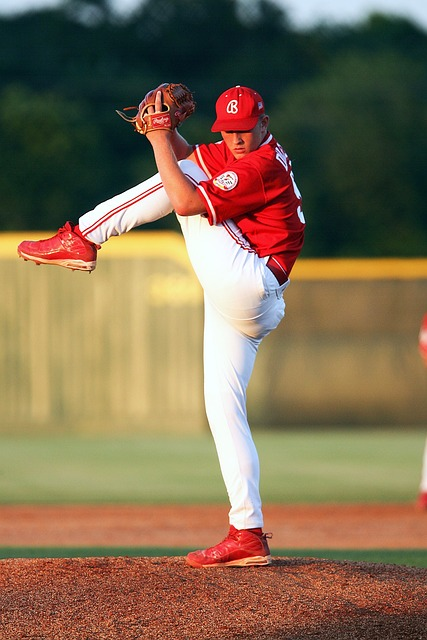
Gripping a slider is essential for throwing it effectively. It's important to be familiar with the different types of grips and techniques used to hold the ball when throwing a slider. The standard grip, most commonly used by pitchers, involves placing your index and middle fingers across the top inside seam of the ball with your thumb underneath slightly off-center between the inner seams. Firmly grasp the ball so that your fingers are directly on its seams - this will create spin and movement on the slider when thrown correctly. Now you know how to grip a slider, let's move onto learning how to throw it!
The standard slider grip is the go-to for pitchers when throwing a slider. To get it right, place your index and middle fingers across the top inside seam of the ball with your thumb underneath. Make sure to hold firmly, with your fingers directly on the seams. Press up onto the seam to create a tighter spin and more pronounced break. Keep your elbow up and wrist slightly tilted outward (for righties) or leftward (for lefties). Lastly, move those index and middle fingers in a snaking horseshoe pattern around the ball - this will help you achieve that desired spin, break, and movement on the different slider grips. Mastering this grip is essential for an effective slider - practice until you perfect it before trying any other grip!
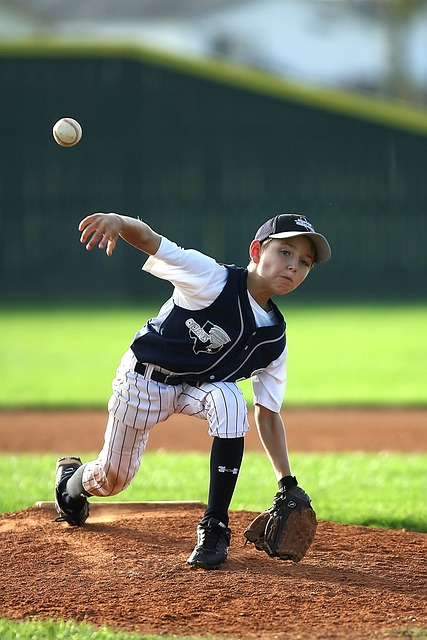
In addition to the standard slider grip, there are several other ways to throw a slider. The two-seam and four-seam fastball grips involve placing your index and middle fingers on the side of the ball instead of across its top inside seam. This will create a different spin and movement on the pitch. Another option is the gyro slider, which requires you to place your index and middle fingers on the side of the ball while creating a “bullet” spin perpendicular to its direction. Combining this with forward angled spin from a four-seam fastball can result in greater movement profiles and higher velocity.
It's essential to experiment with various grips and throwing arm slots for optimal performance in games. Finding what works best for you helps determine release points as well as how much movement occurs when throwing pitches - all important factors that affect success in pitching! So take some time out to practice different grips until you find one that suits your style perfectly!
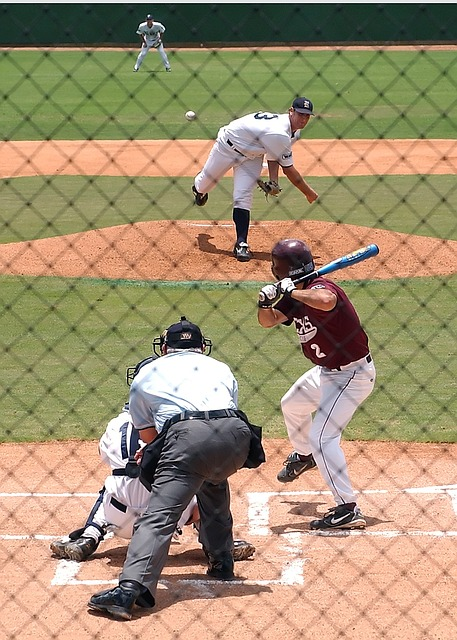
Throwing a slider is a great way to mix up your pitching and surprise batters. To be successful, it's important to understand the basics of throwing a slider.
A slider is a breaking ball with more velocity than a curveball but less movement overall. The arm angle and spin movement determine how effective the pitch will be - similar to that of a fastball, but with the wrist snapped down as you release it.
The spin causes the ball to break slightly when it reaches home plate, making contact difficult for hitters. Grip should be firm yet relaxed, focusing on the middle finger and index finger.
By understanding how to throw this pitch correctly, you can become an even better pitcher by adding another weapon to your arsenal!
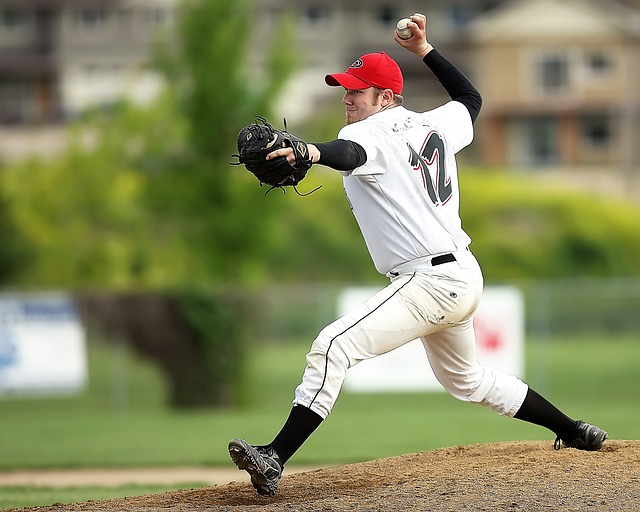
Throwing a slider is a tricky skill to master, but with the right arm angle and spin movement, you can become an ace pitcher. To throw a slider correctly, it's essential to have the correct arm angle and spin motion. The arm angle should be similar to that of a fastball - same action and speed. When releasing the ball, snap your wrist downward and place your fingers on the seams of the ball - emphasising the middle finger and index finger. This grip will guarantee proper spin on the pitch.
The spin of the slider causes it to break slightly as it reaches home plate - making it hard for hitters to make contact. The spin comes from how you hold onto the ball plus your arm angle as a pitcher. It should be both side-spin combined with gyro (or bullet) spin; side-spin makes it break laterally while gyro spins cause vertical breaking motion.
When throwing a slider, keep your arm angle consistent with that of a fastball so batters think they're seeing one only for surprise when it breaks away from them or plate at release point! Arm action & release point must remain like those in fastballs while exaggerating wrist motion gives sliders their breaking effect! When thrown accurately, sliders look like fastballs before they start breaking off course!
By understanding how to use an appropriate arm angle & spinning technique for sliders you can become more effective as pitcher & successfully throw this pitch! Practice these techniques often if you want to truly master this art & become an efficient pitcher!
The release point of a slider is an important factor in its effectiveness. It should be from a three-quarter arm slot, with the same arm action and speed as a fastball. The release point should match that of the fastball, but with the wrist flicked down and across to create spin on the pitch.
To master this technique, practice often using the square hips drill - throwing sliders while keeping your hips square as if you were throwing fastballs. This will help you get the right release point and arm angle for an effective slider.
Remember to throw it just as hard as your fastball; faster arm speed creates more sudden breakage for hitters to contend with! Keep your arm speed consistent too - this will deceive them further and make your pitch even more successful.
By understanding proper release points and practicing regularly, you can maximize how well your slider works! With correct angles and spin movement, you'll become a great pitcher who can surprise batters with their slider every time!
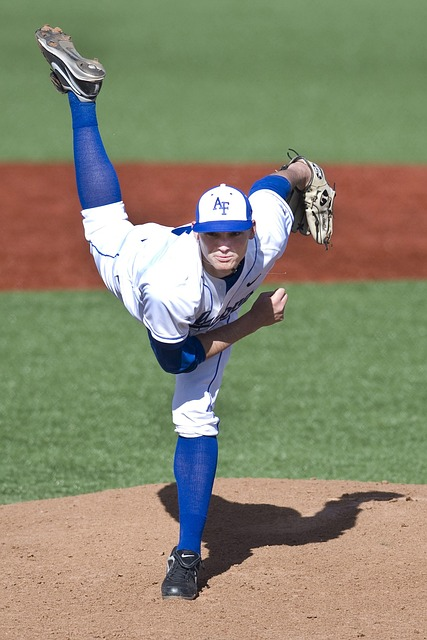
Analyzing the pitch movement of a slider is essential for mastering the pitch. Sliders typically have a late break, sharp downward action, and a 12-6 or 11-5 spin axis. This spin axis determines how much horizontal movement the pitch will have - usually 1-5 inches towards the glove side.
Data tracking devices should show high spin rate and sharp break. A “frisbee slider” falls further from the y-axis while one with more spin has less horizontal negative vertical movement, and a sharper break. For righties, sliders should move negatively horizontally with minimal vertical motion to create that signature sharpness. The release point also affects its movement - higher velocity means more horizontal motion than lower velocity throws.
To become an expert at throwing sliders, practice different grips, arm angles, and spins to get maximum effectiveness and consistency out of your pitches. With enough practice, you can master this tricky yet rewarding pitch!
In addition to the standard grip and throwing mechanics for a slider, there are some extra cues that can help you perfect your technique. A key cue is to throw the back of your hand at the target - this ensures that index and middle fingers are on top of the ball with correct seam orientation and not slightly off center. Another tip is to throw it like a football, pulling on one side of the ball slightly and releasing it with a snap of wrist.
You can also try slashing the zone diagonally in half, starting off as fastball before turning late towards pitcher's glove. Keep elbow up, use short stride and make sure arm angle is right to create necessary spin on pitch. By mastering these additional cues, you'll become an effective pitcher with greater control over the slider.
The secret? Practice often and experiment with different grips & mechanics to find what works best for you! With a bit of practice and patience, you'll be a master slider pitcher in no time!
When it comes to youth baseball players and sliders, safety is key. It's generally recommended that pitchers wait until they are at least 14 or 15 years old before attempting this sharp and fast wrist snap. This is because a young pitcher's arm may not be developed enough to handle the stresses of throwing a breaking pitch - incorrect technique can lead to strain on the elbow and shoulder, resulting in arm injuries.
Prioritizing proper mechanics and pitch efficiency when teaching a young pitcher is essential for avoiding stress on their arm. Plus, providing ample rest between throwing sessions will help them avoid overuse and repetitive throwing.
Sliders are considered trick pitches as they're difficult for hitters to hit - professional pitchers often use them when trying to fool the hitter or slow down their fastball. They're also less stressful on the arm than curveballs!
To ensure successful and safe careers in baseball for young pitchers, it's important to understand safety considerations and age guidelines when throwing a slider. Teaching proper technique plus monitoring usage will go a long way towards keeping arms healthy!
When it comes to youth baseball, age is a key factor in deciding whether or not to throw a slider. Experts suggest that kids should wait until they are 12 years old before attempting breaking pitches such as the slider and change up. This is because these off-speed throws require more advanced motor skills and coordination than fastballs or curveballs.
The slider has a gyro spin which causes it to move horizontally towards the plate, creating an abrupt break for the pitch - something younger players may struggle with due to lack of strength and control. Most pitchers will begin throwing sliders when they reach their teenage years while focusing on developing their fastball and curveball velocity first. However, some youth pitchers may be able to throw a slider at an earlier age if they have proper mechanics and muscle development.
Ultimately, each player's situation must be taken into account when making this decision; physical maturation, mechanics, maturity level - all need consideration before attempting this type of pitch. In some cases, youth pitchers may be able to throw a slider at an earlier age, but only if they can control it confidently enough beforehand.
When it comes to pitching, one of the most crucial choices a pitcher must make is whether to throw a curveball or slider. Both throws can be executed with various grips and the ball produces different movement depending on how it's thrown correctly. A curveball has an arching trajectory while a slider cuts sharply down and away. The spin and release point for both are distinct, with sliders usually being hurled faster than curveballs. Many pitchers use a red dot on their fingers to help them identify the proper throwing point, as this indicates where they should grip the ball.
To decide which pitch to throw, it's essential to comprehend each one's strengths and weaknesses. Curveballs can baffle hitters and disrupt their timing whereas sliders tend to be more effective against right-handed batters. Most pitchers have preference for either pitch so practicing both is key in order to become proficient in both. Knowing how each behaves and its motion can assist a pitcher in deciding which is best suited for any given situation. Especially if throwing to a left handed batter or left handed hitters.
Ultimately, choosing between throwing a curveball or a slider should depend on individual strengths and preferences of the pitcher themselves; some may prefer curves while others find that sliders work better for them - practice of both pitches is necessary if you want to become an all-round hurler! By understanding how each behaves plus its movement, you'll be able to make informed decisions when needed most!
When it comes to pitching and learning how to throw a slider, velocity of a slider is essential. The speed of the ball when it leaves the pitcher's hand determines its velocity. A slider can be thrown at various velocity - from slow for change-up effect to higher speeds for breaking ball. Different speeds create different types of breaks in the pitch.
The grip used to throw a slider also affects its velocity: index and middle fingers are placed on the side of the ball while ring finger goes on the bottom part. This grip helps impart both side spin and bullet spin, which creates a break in pitch as it approaches plate. Longer fingers mean more side spin, thus more movement and slower velocity; shorter fingers result in less movement but higher velocity due to bullet spin imparted by them.
Velocity should depend on skill level and situation - practice is key here as it helps determine what pitch grips and speeds work best for each case. By understanding how to use the slider effectively you can become a better pitcher - correct velocity plays an important role in success rate of any pitch so learning how to throw one with right speed is crucial!
Throughout the history of Major League Baseball, some great slider pitchers have used the pitch to tremendous success. Steve Carlton, a left-handed pitcher, was renowned for his hard and biting slider. His action on the pitch made it almost impossible to hit and earned him a fearsome reputation in the league. Jacob deGrom is another right-handed pitcher who has gained fame for his ability to throw an arm angle slider with spin movement. It's been called one of baseball's best pitches! Additionally, deGrom has a shorter reaction time, which helps him get more strikes and a higher success rate. Randy Johnson was known for his imposing stature and intimidating presence on the mound as well as his 100 mph left-handed fastball - but he also had one of MLB history's greatest sliders! He could throw it with pinpoint accuracy, making him even more effective. Bob Gibson was famous for attacking inside the plate with one of baseball's greatest sliders ever thrown - plus he could do so at great velocity making it even harder to hit! Finally, Dan Blewett is a left-handed pitcher renowned for having one of the game’s best sliders; he teaches most pitchers how to throw this great pitch too, making him an invaluable resource for aspiring players. From Steve Carlton through Bob Gibson these legendary pitchers have used their sliders to dominate competition and become some of MLB’s finest hurlers ever seen! Their skillful use of this pitch enabled them gain advantage over hitters while keeping them off balance – thus becoming some truly successful athletes whose stories will be remembered by generations yet to come!
Sliders and curveballs are two of the most popular pitches in baseball, but what sets them apart? The main distinction between a slider and a curveball is their speed, movement, and spin. Sliders are thrown harder and faster than curveballs with less motion, yet its spin more closely resembles that of a fastball, making it harder to detect. Curveballs have greater movement and show their break earlier on in the pitch's flight.
Hitters can recognize sliders by the red dot on its front side. Sliders are also thrown differently than curveballs; they're hurled harder like fastballs while curveballs move slower through the air and may or may not leave the strike zone. This makes sliders better for pitchers who don't want to give away the break of their pitch as it has less action compared to a curveball.
The purpose behind throwing a slider instead of a curveball is to differentiate between them both - since there isn't one clear-cut answer as to which is superior depending on the situation or what outcome you wish for from your pitch. Cutters travel 4-6% slower than fastballs with tilted backspin angled towards where your glove would be located; they usually only break up to the last few feet or inches whereas sliders can reach up to 10 inches when breaking down. On top of that, curves typically have 12-6/11-5 downward action unlike sliders which tend not to be so steeply inclined downwards when released from the hand.
Most pitchers will throw both types due to each having advantages and disadvantages - understanding these differences helps determine which type suits best for any given situation. Sliders are more deceptive yet harder while curves offer more movement but reveal themselves sooner during flight time. Ultimately though, it's up to pitcher himself to decide which one works best for him at any given moment!
Curveballs are a beloved pitch in baseball, and they have a variety of nicknames. Common monikers for curveballs include "hook," "bender," "12-6," and "Uncle Charlie." The nickname "hook" comes from the ball's spin which causes it to move away from the hitter in an arch-like trajectory when thrown correctly. The name "bender" was given to the curveball because it can appear to bend or curve as it moves towards home plate. It is called “12-6” due to its 12 o'clock to 6 o'clock trajectory when thrown properly. Lastly, Charles O'Leary earned his moniker “Uncle Charlie” for being a prominent curveball pitcher.
A slider differs from a curveball by having a grip that makes the ball break away from the pitcher's hand with more velocity than usual. This type of pitch usually leaves the pitcher's hand in an upward direction but drops down as it nears home plate due to its spin. Most pitchers use all three pitches - fastball, slider, and curveball - interchangeably so hitters don't know what will come next and get out easily.
The slider is a popular baseball pitch with a sharp breaking motion and variable velocity that is important to master for any pitcher. While the degree of difficulty in throwing a successful slider may vary, there are some key components - such as arm angle, spin movement and grip - which should be taken into consideration for success. Additionally, it is important to remember to use additional cues such as arm position, spin amount and release point when pitching a slider.
As with any skill, mastering the slider will require practice. It is recommended that young pitchers avoid throwing sliders until they reach their teenage years and should not be overusing their arms at a young age.
Lastly, it is important to take a look at the greats such as Randy Johnson, Bob Gibson and Dan Blewett and strive to emulate their performance using this versatile and effective pitch. With consistent practice and dedication, any pitcher can learn how to throw a slider.
To throw an effective slider, it is important to grip the ball firmly with your index and middle fingers near the side of the ball and focus on snapping your wrist as you release the ball. Additionally, make sure you keep the ball leaves your elbow close to your body as you throw.
Lastly, aim for a slightly down angle to create more movement on the pitch. By following these steps, you can effectively throw a great slider.
In general, it is not recommended that 13 year olds throw sliders due to their lack of strength and control. Instead, focus on developing the correct pitching mechanics and arm strength to safely introduce this pitch when the time is right.
To throw a nasty slider, grip the ball with your middle finger across the seams and snap your wrist at release for extra rotation. Keep your arm angled slightly downward to get the ball to break downwards.
Make sure you keep your release point as consistent as possible for maximum movement.
Given the potential for arm pain and the recommended age for throwing breaking balls, I suggest that 10 year olds should wait to throw a slider until they are 13-14 years old.
Throwing breaking balls at a young age can put a lot of strain on the arm, leading to potential pain and injury. It is important to wait until the body is more developed before trying to throw a slider.
Throwing a slider requires practice, but can be easily mastered with the right technique. Start with a grip that has your index and middle fingers across the horseshoe seams, hold the ball deep in the hand, then focus on snapping the wrist as you throw to get the spin needed to make the slider work.
With practice and dedication, you'll master the art of the slider in no time!
Chris Sloan is a former baseball league commissioner and travel baseball coach who has made significant contributions to the sport. In 2018, he founded selectbaseballteams.com, a website that helps parents find youth and travel baseball teams in their local areas. Since its launch, the website has experienced impressive growth, offering a wealth of resources including teams, news, tournaments, and organizations. Chris's unwavering passion for baseball and his innovative approach to connecting parents with quality baseball programs have earned him a respected reputation in the baseball community, solidifying his legacy as a leading figure in the world of youth and travel baseball.
There are 0 comments on "How to Throw a Slider: The Complete Guide for Pitchers"
chandler allen says:
"Hi my name is chandler, i’ve enjoyed..."
On Wanting to tryout for summer ball. as an 18 year old
david graham says:
"With no current MLB team in Canada,..."
On With no current MLB team in
Charles Chavez says:
"To All Coaches: Do you have13U or..."
On Looking for Games